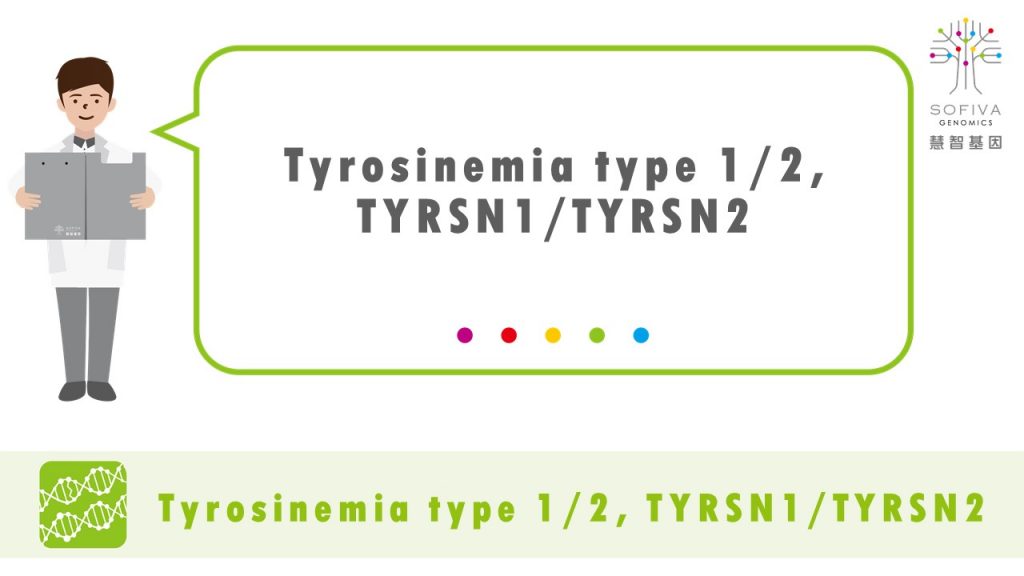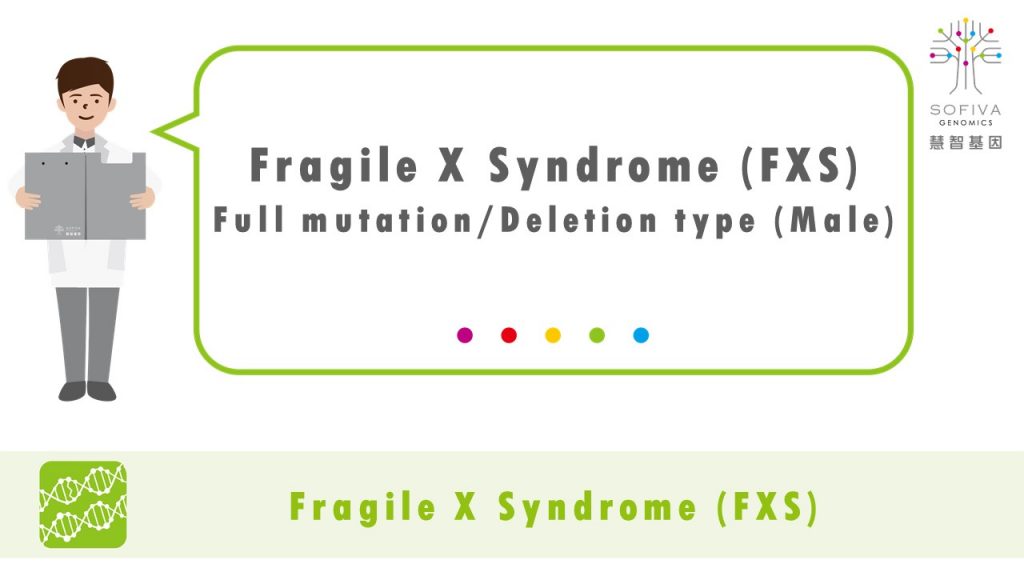This interpretation of results indicating that the patient may have an inherited metabolic disease can be used as additional information when you have consultations with doctors. Please read the following information carefully.
The introduction of Fabry disease:
Fabry disease is by mutations in the GLA gene, resulting in accumulation of glycolipids in lysosomes in various cells. This damages peripheral neurons which leads to severe pain of limbs and lesions of heart, kidney and cerebral vessels. Fabry disease may be hard to detect, because several of its signs and symptoms overlap those present in other conditions. The symptoms may develop at any age, according to a study in Australia, patients are often diagnosed until an average age of 28.6.
GLA gene is located on the X chromosome. All males carrying a genetic mutation of GLA gene develop Fabry disease. The estimated incidence rate in males is approximately 1/40,000. Female carrier of Fabry disease would develop the disease as well.
Through newborn screening tests, Fabry disease can be diagnosed by measuring of α-GALA activity in the early stage. Patients may have no obvious clinical symptoms appearing shortly after born and may miss the best timing to receive appropriate treatment. Around 0.5% of newborn babies having lower levels of the tested markers than the cut-off level are required to recollect a dried blood card for retesting. If the second result is still facing the same issue, it is necessary to confirm and diagnose if the baby has a certain enzyme deficiency in the hospital. In order to have a timely treatment before the clinical onset of the disease, a Long-term follow up should be considered.





